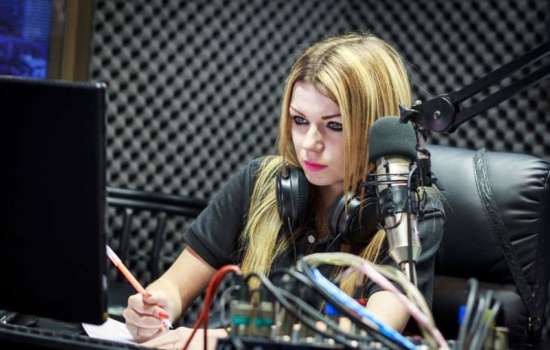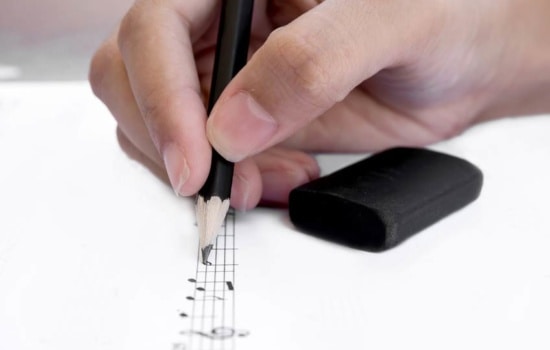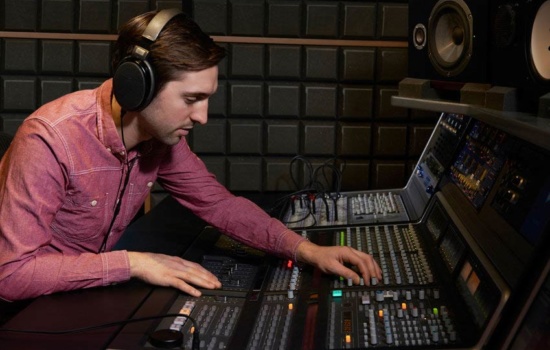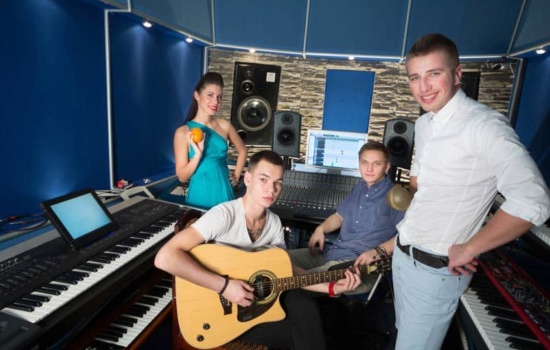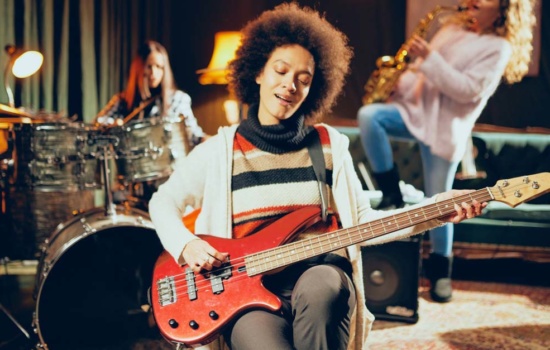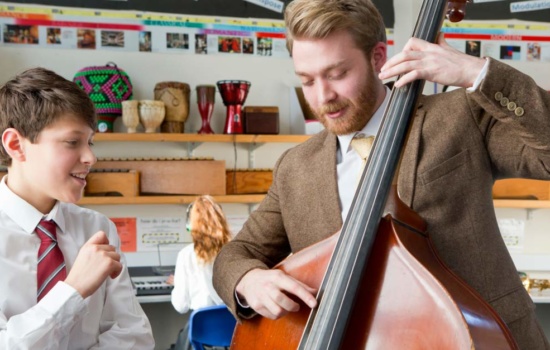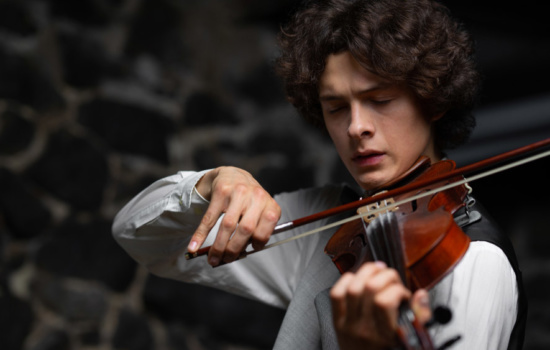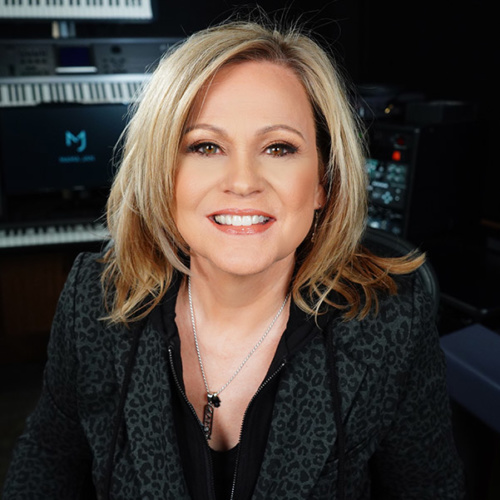I guess that depends on what you mean by “bad Singer”. A lot of times, a “bad” Singer is someone who doesn’t have ear training and can’t hear or match pitches. A bad Singer can be someone who can sing but doesn’t know how to manage the natural instrument they were given.
For example, if you know you can sing, and still don’t think you sound good, it could be due to many reasons. Students come to me all the time with this problem. For example, you could be singing through your nose, then your sound is nasal. This sounds bad whether you have a great voice or not.
If you sing through the back of your throat and push a lot of air, you lose resonance and tone. With pushing, it is harder to hit notes. Then, your voice is probably going to get tired, and you can become hoarse more easily.
I’ve coached a lot of students to the next level who have been good Singers up to a certain point. They are the kids who sing at home in their small community or they sang in high school and got kudos. However, they can’t make the transition alone to recording or performing. They may not be used to nailing pitches or understanding performance. The list is endless. You can even be a great musician on an instrument and not understand that singing is a different skill set.
I think a “bad Singer” can be a lot of things. Some Singers can’t hear the pitch because their ear isn’t developed yet, or they can’t develop it for some reason. There is such a thing as talent. I think with bad Singers there is a thought process that goes into it. “I want to sing like Maynard from Tool or I want to sing like Whitney Houston or I want to sing like Ariana.” It’s great if you want to sing like Ariana, and you can certainly learn her styling, except that if you’re not a high soprano (like she is) and you try to sing up where she’s singing, you’re going to sound bad no matter what you do.
I happen to be a mezzo soprano, which is like a 2nd soprano. Christina Aguilera is a mezzo. Taylor Swift is a mezzo. Madonna is a mezzo. Mezzos can never get as deep a tone as someone like Adele. Adele is an alto, so is Miley. I may be able to sing in the same key as Adele, but I won’t get the same gutsiness, because I have a higher, lighter voice. Ultimately, you have to accept and embrace your true vocal range. Just being able to hit a note doesn’t make you a good or bad Singer.
There are a lot of people who want to sing out of their range. They think it’s a badge of honor to sing out of their range, but the truth is that you always sound better when you’re singing in your best vocal range. When you utilize your gift, whatever that is, you sound better.
For example, if you’re an alto and you’re always singing higher, you’ll never develop that range and always sound thin–because you’re not using the gift you actually have. I help people find their gift. Where is your sweet spot? Where is it in your range that you actually sound good?
To really be a great Singer, you, first of all, have to have tone. Tone is everything in pop singing. If you don’t have tone, you don’t have anything. When you hear Adele or Ariana or Sam Smith, it’s their tone you’re listening to, not just what they’re saying. It’s because they’re singing in a sweet spot for them. But if I sing in the same key, it may not be my sweet spot.
I also think that people who are “bad Singers” are people who don’t realize their limitations. I’ve had students who want to sing really, really high, like some of the boy bands and rock bands. But the truth is, when they “hit” that note, they’re really hitting under it. It’s this monotonous thing because they barely hit it. To me, that’s not singing.
I also think people don’t understand the discipline and practice it takes to be really good at singing. You can’t take a lesson with me once a week and think you’re going to be better next week. That doesn’t work. I had a Coach who showed me that there is a professional bar. If someone doesn’t know what that bar is, and they go into a competition, they have no idea that what they’re doing doesn’t cut it at all.
It is not that they can’t sing; it’s that they haven’t been trained to sing or compete professionally.



